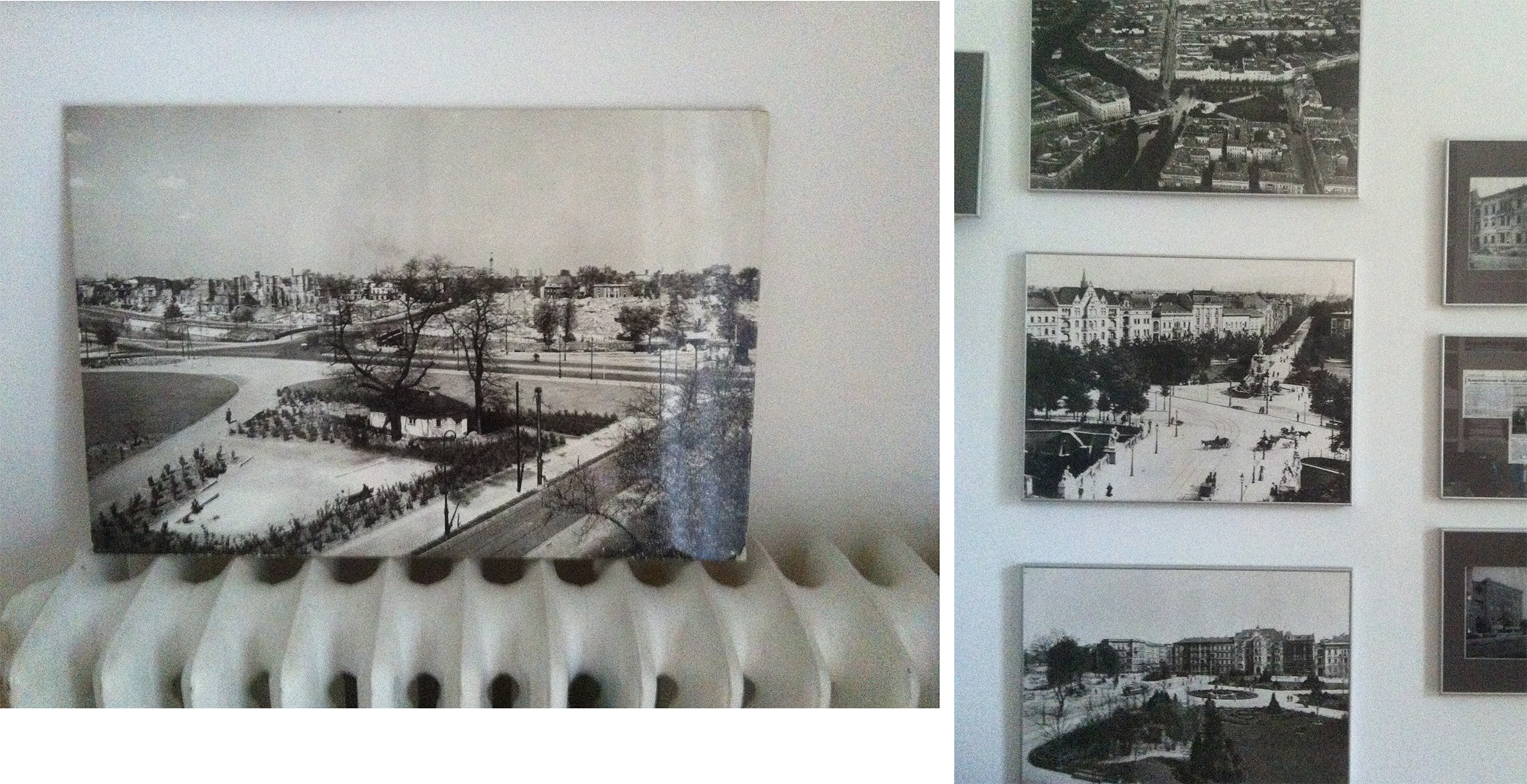Have you met... Marc Wellmann
Have you met... Marc Wellmann
Restoration work, art shows in the making, a brand new office; Haus am Lützowplatz is entering a new era guided by art historian and director Dr. Marc Wellmann.
Previously the Director of Exhibitions at the Georg-Kolbe Museum in Berlin Westend, Marc Wellmann is probably one of the finest discussion partners to track West-Germany’s 20th century art tradition and the sculptural works that came out of this period. Stepchild of one of West-Germany’s most iconic sculptors, Mr. Wellmann has all the stories and an international curatorial experience that brought him to his new position as the Artistic Director of Haus am Lützoplatz. We met in his new office overlooking the park square and talked about his past and upcoming moves.
His second curated exhibition ‘Oliver Jordan, Industrielandschaften’ opens tomorrow December 12th 2013 at the Haus am Lützowplatz in Berlin-Tiergarten.
The institution you have recently overtaken is rather rich both in terms of its historical significance and its artistic past. How do feel from your new position?
I am quite excited. The Haus am Lützowplatz is Berlin’s oldest art club (Kunstverein) – and to me, having being raised in West Berlin, HaL recalls a lot of bright memories. I feel that I need to make justice to them. Right now, I find myself in a constant research-mode. By looking into the archive, I discover more about its past and I can reflect on its potential in the future.
These old photos hanging on my office walls pretty much illustrate my mission; to link the past to the future through the present.
It’s also a challenging new role since it’s my first time being the actual Director of an institution. Of course I have been working from other positions as a curator. But as the artistic director of the Haus am Lützowplatz, I am now responsible for the entire organization including the budget and all other aspects that come with it.
What are some turning points that you had in your career as art historian and curator?
I think my upbringing should be credited as decisive factor. As a 3-year old and after my parents split up, I was brought by my mother to Berlin. I grew up with her and her next husband, sculptor Bernhard Heiliger. Heiliger introduced me to the context of a studio. Growing up, I became an assistant to him. Then after his death, an institution was founded out of his estate, where I spent years working as a researcher. Ten years later, in 2005, all this concluded into a big retrospective exhibition of Bernhard Heiliger at the Martin Gropius Bau.
Is there something that you think this long engagement with Heiliger’s work taught you?
Devotion and the persistence to give things a close-up look. Maybe it’s thanks to this that my following curatorial initiatives got successful. An important step was also moving to the position of artists liaison and curator at Volker Diehl Gallery. At that time they were expanding to Moscow, adding a space there, which came as a nice opportunity. This and my work for a NYC Chelsea gallery as a freelance curator introduced a new international perspective.
Can you draw any lines between Moscow, Berlin, and New York City in terms of art practice?
Berlin is closer to New York than it has ever been to Moscow. It’s very difficult to do work in Moscow, that having also to do with state censorship, a very hot topic in our days.
In New York something that can always complicate things is the high market pressure. Working as a curator under a lot of commercial pressure is so much different that working within institutional frames. In plain words, if you get paid a lot you better present artwork that can sell. That’s not a secret.
Your first curated show for Haus am Lützoplatz "Better to reign in hell than serve in Paradise" by Jen Ray got great attention.
Indeed, I was positively surprised and pleased by the attention from the media. There were many things that came together for this. There was some curiosity about my recent arrival at the Haus am Lützowplaz, but this alone is not a sufficient explanation. It was Jen Ray herself, her perfectly focused work and deep awareness of how such an art project should be communicated that attracted the attention. An artist’s work is not over by the time the art work is finished. It is also about examining its latter effect. The artwork comes to existence by being exposed to an audience. Jen Ray knows how to do it well.
Next you are presenting the work of German artist Oliver Jordan. Tell us a few words about the upcoming exhibition "Industrielandschaften" at the Haus am Lützoplatz.
Oliver Jordan is a German painter who grew up in the quintessential industrial center of Germany, Essen. His distinctive brush stroke style creates a very vivid surface – a process of creating and destroying at the same time. The program of HaL is continuing with an exhibition of Oliver's work and the concurrent opening of "Studio Gallery", a new space in Haus am Lützoplatz that will serve as a project space for a series of guest artists and curators to follow.

Oliver Jordan, Industrielandschaften - curated by Dr. Marc Wellman
Opening: 12th December 2013
Haus am Lützowplatz, Lützowplatz 9 Berlin-Tiergarden